Group Project 1: Due at the beginning of
class on Monday, November 4.
The (Fake) First Images of a new planet!
A probe has been sent to a nearby star that has a Jovian-like planet
at about 7 AU from a star that is a bit cooler than our Sun. However,
the excitement is not the planet itself, but the discovery of an Earth-sized
moon orbiting the planet. Unfortunately, since the moon was not known
beforehand, the probe could not have its orbit altered to study it better.
Contact was lost with the probe after only a couple orbits of the planet
(not the moon).
It is thought that the moon disturbed the probe's orbit enough for it to
crash. The probe did send several images of the moon before it crashed,
but there is no information (but some guess work)
about size or where on the moon's surface
the images were obtained.
It is now your job to determine all that you can about the moon.
In your report, you
- should not describe everything you see
in every image. (Do not write, "In Image 1 we see...
in Image 2 we see....")
- You need to create an overall description
(your interpretation of the images) of the moon and its environment.
- You should include a brief introduction and summarize in a conclusion.
- You may use references (any referencing style you like), though I'm not
sure you will need them.
- At the end of your paper, you must include a summary of everyone's
contributions- no more than a paragraph please, and it is okay to write "Everyone worked
well together" if that's what happened.
- Your paper must be double spaced.
- Your paper can be no more than 4 pages (no pictures).
NO INDIVIDUAL PAPERS. This is a group project.

Image 1:
The above image is the first one obtained. This is the only image of the entire
moon. Note the odd red color on the left. This is a true-color image.
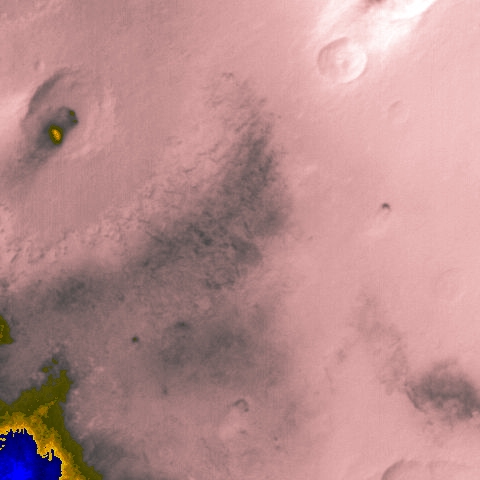
Image 2:
Thought to be taken fairly close to the moon. This is true-color image.
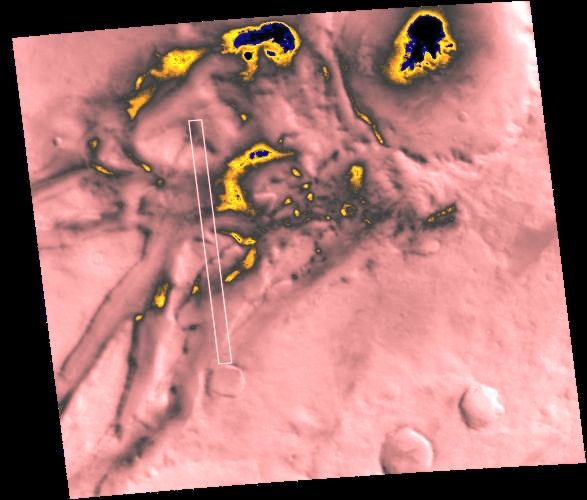
Image 3: Another true-color image. It is believed that Image 11 is about
the size of the white rectangle.
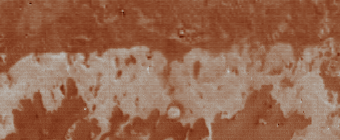
Image 4: Probably the same scale as Image 11. Also true color
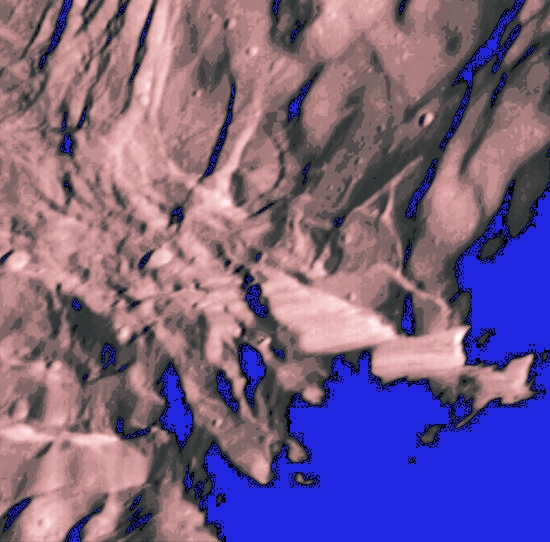
Image 5: A true color image.

Image 6: This is a black and white image. Probably the largest scale other
than Images 1 and 8

Image 7: Another black and white image. Thought to be near the south
or north pole of the planet because of the image distortions around
the edges.
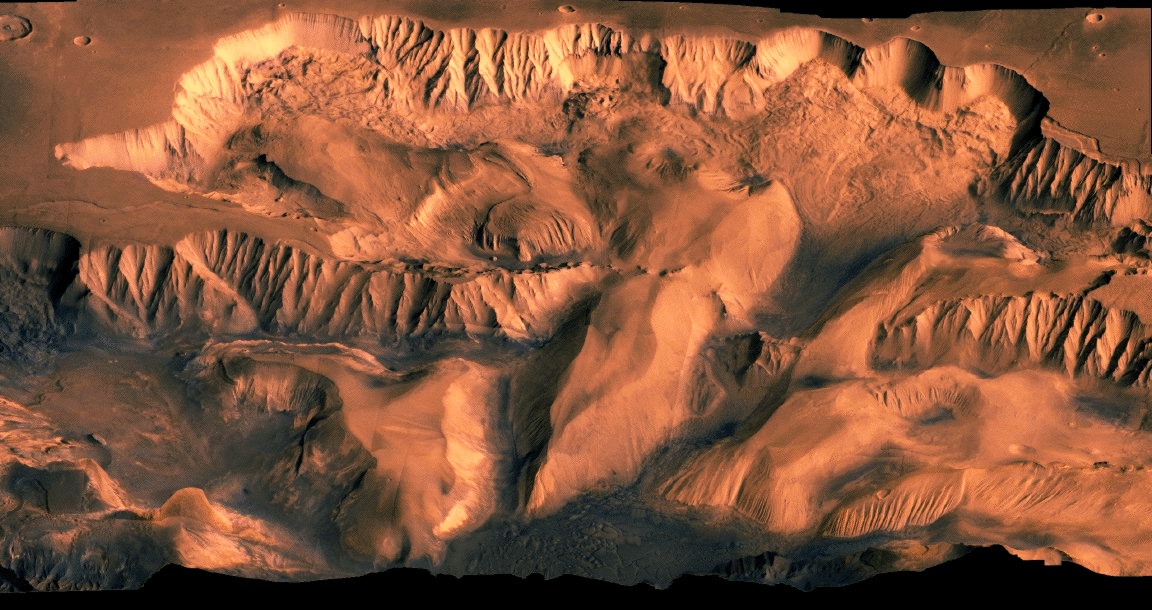
Image 8: Perhaps the most detailed true color
image. So probably one of the closest
images. Probably about the same distance as Image 11.
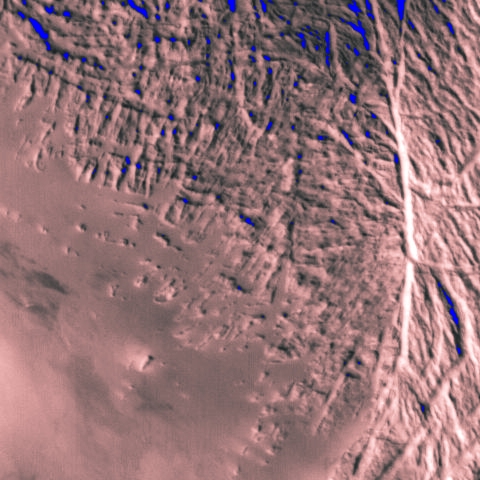
Image 9: Another true color image.

Image 10: This detailed true color image is thought to be about the scale
shown in Image 3
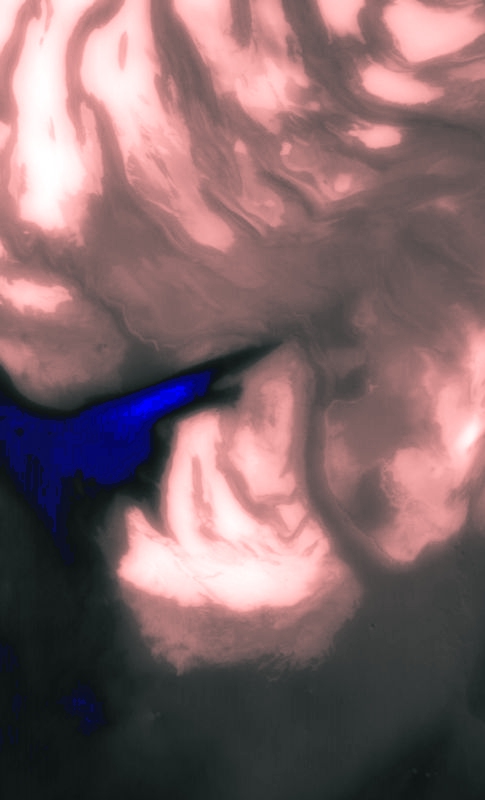
Image 11: A true color image. Scale unknown.










